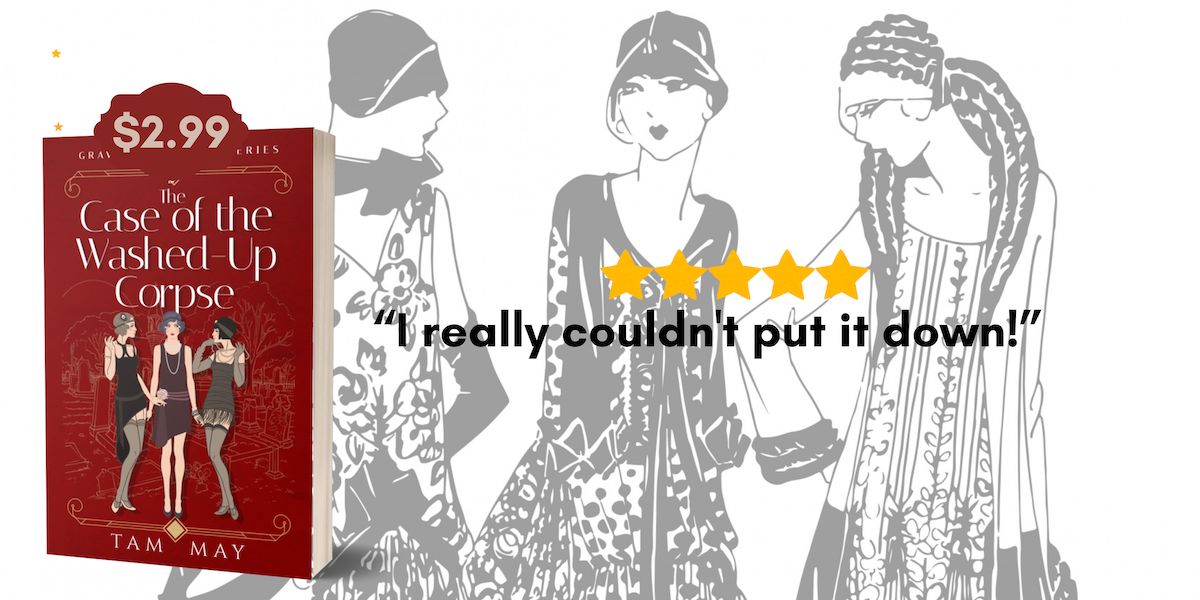Today ends the Dog Days of Summer for this year. Those are the days that are said to be the hottest of the year. But this year, it seems as if the dog days will never end. Here in Ohio, we’ve gotten extreme heat warnings with detailed instructions on what we need to do to keep safe. Last week, a friend of mine living in the southern part of the United States posted a screenshot of the dangerous heat warning they were getting in their area, with temps predicted to reach 115 degrees!
We know heat waves are no joke even in the 21st century with all our amazing and convenient ways to beat the heat (hello, A/C). But in the 19th and early 20th centuries, they were even more dangerous. Our beloved air conditioning was only invented in 1902 and didn’t start appearing in homes until 1914. And keep in mind we dress very differently today than people did then. Why does that matter? Think about what we would do if we couldn’t dress in short-sleeved or sleeveless shirts, flip-flops, and shorts in the summer. If someone (especially women) would have gone out in such clothing in the 19th or early 20th centuries, people would have been shocked, and I wouldn’t be surprised if that person would be arrested for indecent exposure. Not to mention women wore layers and layers of clothing, especially in the first half of the 19th century. Those petticoats and bustles weren’t exactly a great way to beat the heat.
So how did people combat the heat in the 19th and early 20th centuries? They had to get creative.

Photo credit: Children on the streets of New York City trying to beat the heat with the park water fountain, 1908, Library of Congress: LoC Public Domain Archive/No known restrictions
Since we know the greatest threat to human life during a heat wave is dehydration, people had to utilize whatever water sources they could find. Keep in mind running water was still not a common thing in homes until the 1930s. However, since horses were the mode of transportation in the 19th and early 20th centuries drinking fountains were more plentiful so people could water the horses. These were not the days when most people just popped a bottle of water in their purse or backpack. So fountains were a main source of water when out and about. And many of us have seen photographs of people using fire hydrants to squirt water all over the streets and kids playing in the water. That wasn’t just a form of fun for them — it was a real way to stay safe in the summer heat.
Water is always a great way to cool off in any decade. One of my students recently said he goes to the pool every weekend to get away from the heat. People in the 19th and early 20th centuries did the exact same thing. Escaping to the pool or the beach where they could not only experience a cooling swim but also have an excuse to shed some of those layers was a great way to handle the hot summer weather.
One of the worst things about heat waves is that it makes it harder to sleep at night. In the eras before the A/C, Mother Nature provided the best cooling system. It wasn’t uncommon for people to sleep outside. This could be on porches or fire escapes, but many people who didn’t have those options would scurry to the beach and sleep right on the sand. And city and town parks were places where people set up their beds and slept for the night. Even the White House had a porch where President William Taft slept outside in a heat wave and later, President Woodrow Wilson made it his office so he could catch the breezes on hot summer days.
We have to remember that refrigerators weren’t a common household appliance until the late 1920s (and even then, only for the rich) so homes had ice boxes that needed big blocks of ice to keep food cool. And where did they get this ice? From the iceman, of course! The iceman became everybody’s best friend during a heat wave. They would give chips of ice to people to help them cool off (for a price, of course) and some ice men even let children lick at a big block of ice (needless to say, sanitary standards back then were not what they are now).
And finally, there’s the old stand-by that we still use today: the fan. However, electric fans didn’t become available until the early 20th century and even then, most people still didn’t have the electricity to run them so they weren’t commonly used. But paper fans were and it wasn’t unusual to see people carrying around with them folded fans or paddle fans to keep cool in the heat.
Think I’m making all this up? Take a look at these photographs from the early 20th century!
If you want more about what life was like in the early 20th century, don’t forget about my Adele Gossling Mysteries! You can get the first book in the series for free at any online bookstore. All the information you need to grab your copy is here.
Not only that, I have a box set for Books 4-6 coming out at the end of this month. How would you like to get 3 books for a great discounted price? You can preorder the box set here.
If you love fun, engaging mysteries set in the past, you’ll enjoy The Missing Ruby Necklace! It’s available exclusively to newsletter subscribers here. By signing up, you’ll also get news about upcoming releases, fun facts about women’s history, classic true-crime tidbits, and more!

